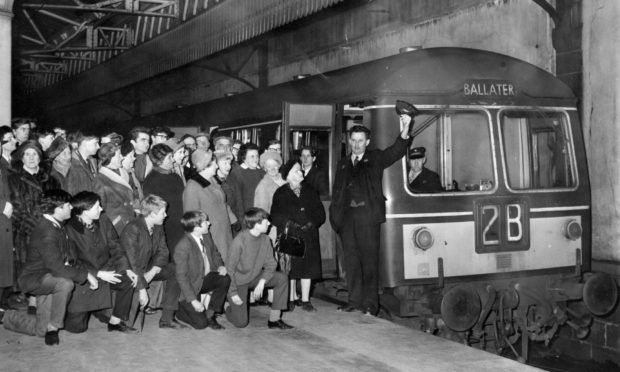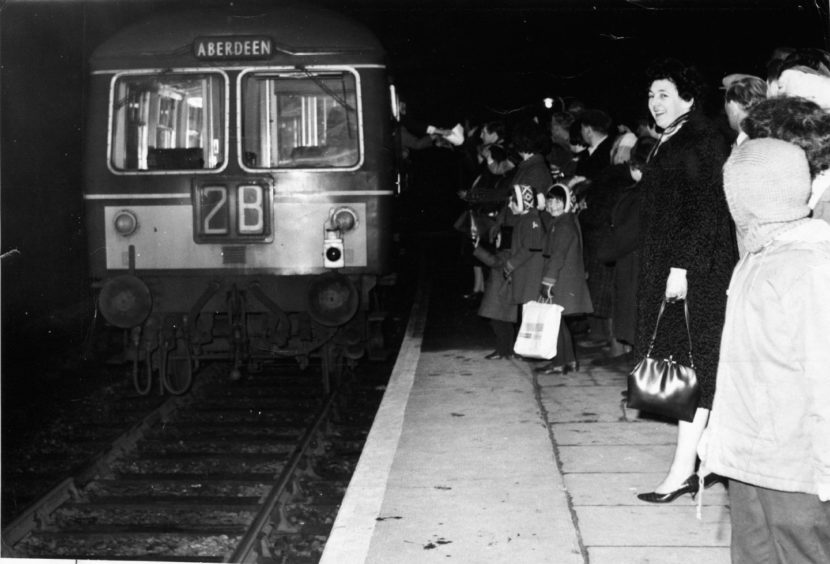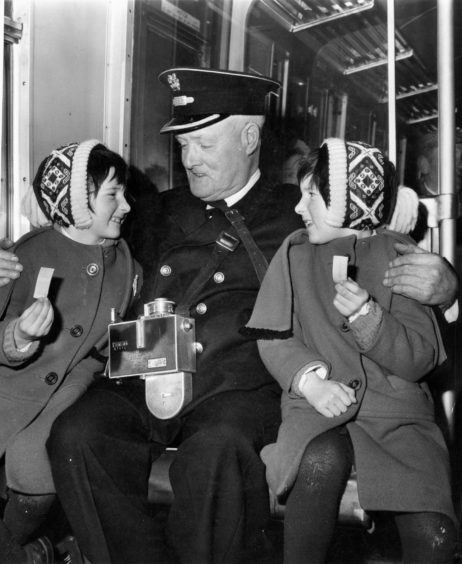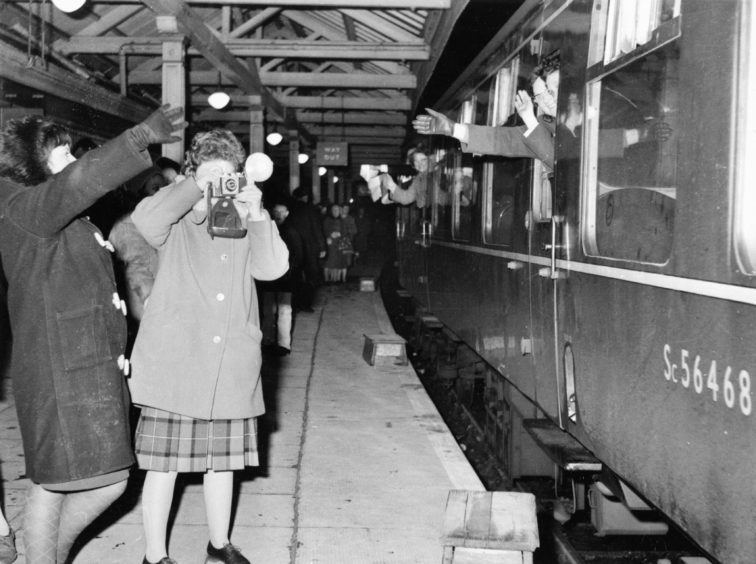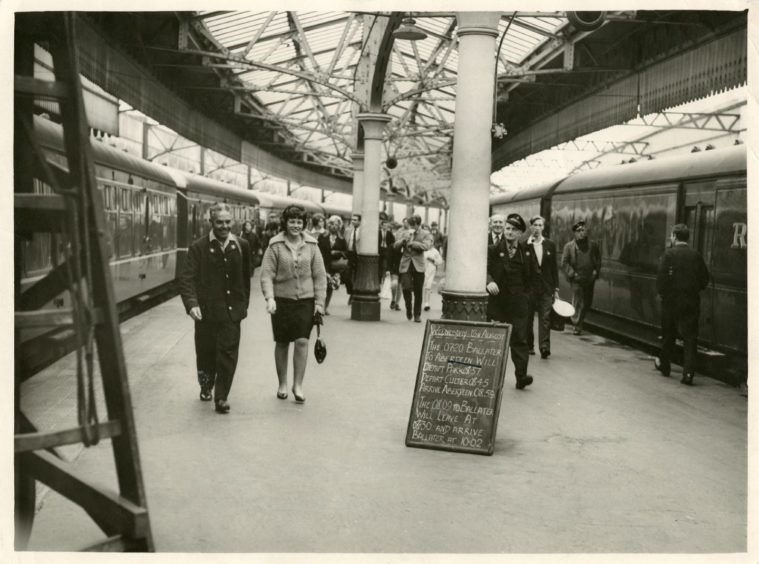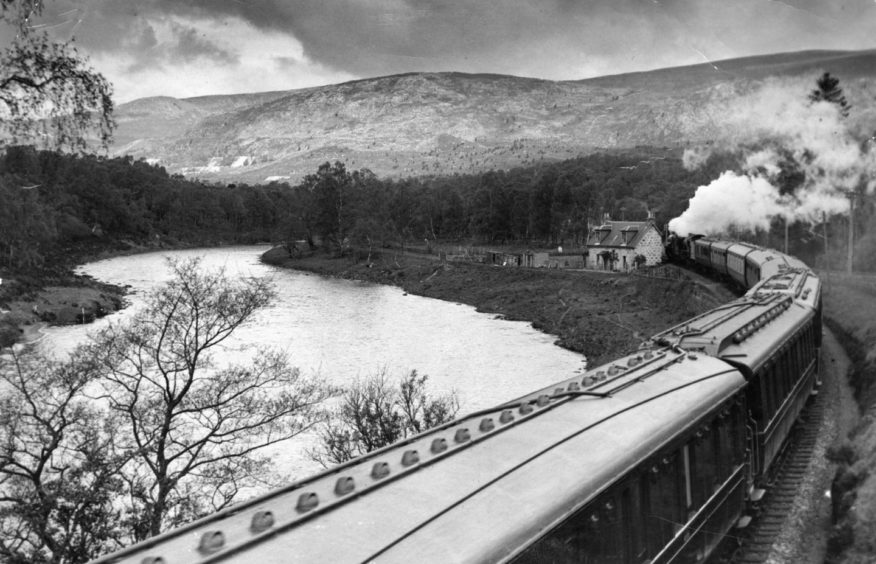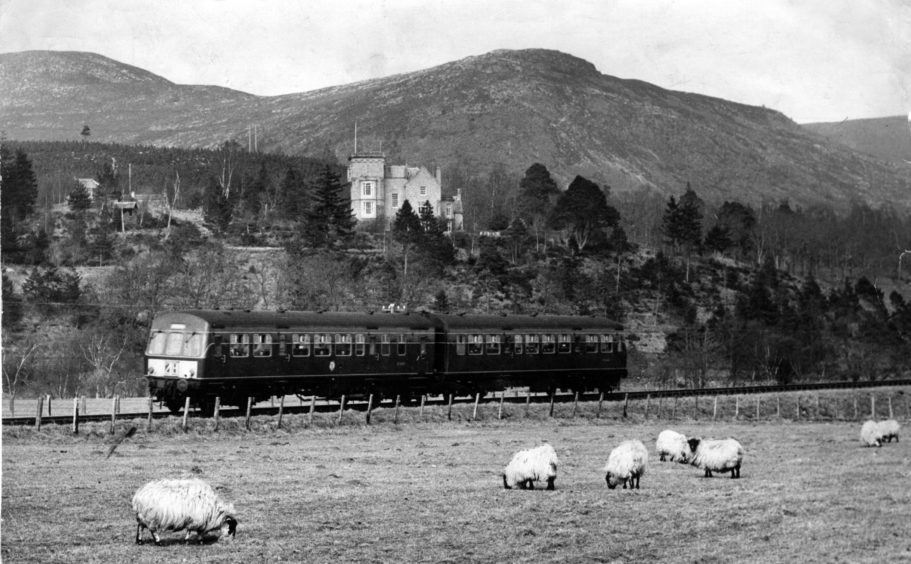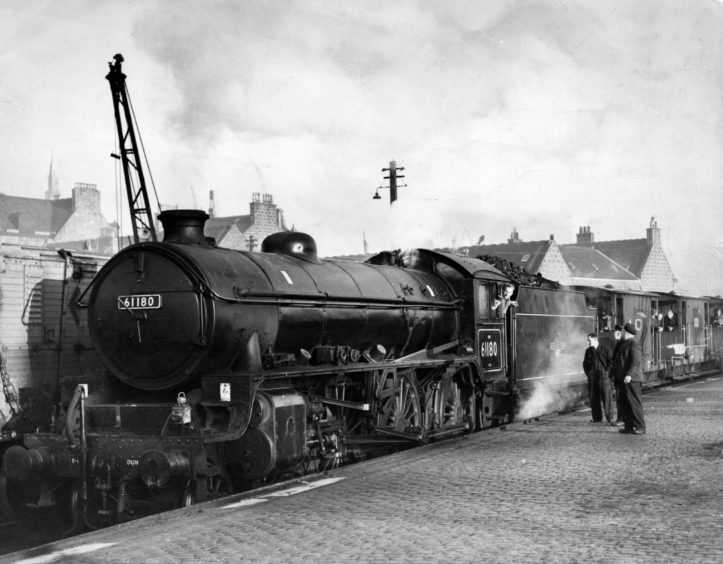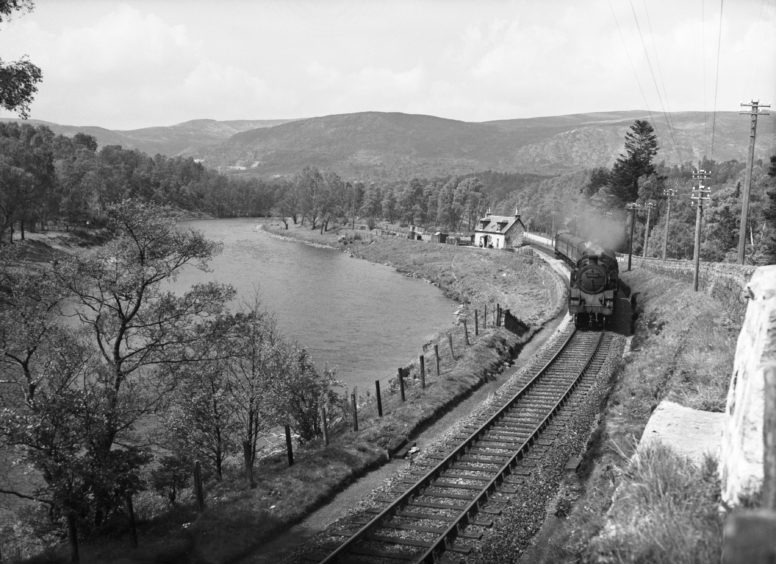As crowds thronged at Ballater to clamber on the train to Aberdeen Joint Station, there was poignancy to the number on the front of the engine – 2B.
In this case, it was not to be.
For this was the last passenger train along the Deeside railway on February 26 1966, trundling along the tracks of the “Royal Line” – graced by monarchs from Queen Victoria onwards – before it was axed in the swingeing Beeching cuts of the 1960s.
Among those taking the historic day trip to Ballater and back on the line’s last day 55 years ago was Keith Jones, then a teenager, today a respected railway historian. He still remembers the day well.
“I went up on the morning train and came back on an afternoon train,” he said.
“I was 17… when you are interested in railways it was really quite common for all the local railway enthusiasts to turn out on the last day of operation for a farewell journey.
“And a lot of people who were not necessarily interested in railways and possibly rarely used trains turned up on the last day. It was cold and sleety, but a jovial occasion. Everyone was there to enjoy the last day of service.
Sad to see end of an era
“But it was sad to see the end of an era on the Deeside line.”
There was a real sense of occasion on the day the line closed, almost exactly 100 years after it opened – as reported in the Press and Journal.
Ironically, the end of the line for Deeside gave Ballater station one of its busiest days, after years of dwindling numbers. The P&J reported a “rueful” veteran railman surveying the crowds and saying: “Just half of all this when the line was still running and it would not be closing tonight.”
Other station staff were reported as saying there had been “nothing like it since the arrival of the Glasgow evacuees during the war” and it was “worse than an Aberdeen holiday”.
During the day Ballater – and other stations along the line – were besieged by railway enthusiasts buying everything that could be moved, such as pictures, chairs, lamps, signs and other equipment.
Stationmaster W Stewart told the P&J: “There is not a seat left on Deeside. We have been mobbed all day, particularly by youngsters.”
Throughout the day, trains to and from the Granite City were packed, with queues building up at the ticket office.
The last train down the track to the Aberdeen Joint Station – with five coaches instead of the normal two – was seen off by a huge crowd.
Mr Stewart sent it on its way with a peal from the station’s handbell, as old as the station itself at 100 years.
It was a poignant moment for many of the passengers, including Mary Ann Michie of Ballater who was making the journey for a sentimental reason. Her father, Matthias Allan, drove the first train into Ballater in 1866.
The P&J poetically summed up the atmosphere at the end of the historic night in Ballater.
“The lights in the signal cabin went out, the lights in the station went out, the doors were closed and everyone went home, leaving the silent station to its ghosts”
It was the fall in passenger use that sounded the death knell for the Deeside Railway, said Keith, a member of the Great North of Scotland Railway Association.
Railways were losing money
He said: “In the post-war era the railways were losing a large amount of money and road transport was becoming more economical. In the early 1960s, the government of the time appointed Dr Richard Beeching, as chairman of the British Railways Board, to examine the economics of the railway system and come up with recommendations.
“As part of his recommendations a large mileage of what were termed unremunerative railway lines were recommended for closure.”
That included Deeside, a route that couldn’t claim its loss would cause hardship to users – a lifeline afforded to services such as Kyle of Lochalsh, seen as vital for many communities, despite being hugely unprofitable.
Purely down to bottom line
Keith said Beeching gave no consideration given to cost-saving measures to save lines – such as reducing staff overheads or more economical timetables. It was purely down to the bottom line.
“It was shown that, while it seems to be pocket money these days, the Deeside line was losing £28,000 per year and accordingly was recommended for closure,” he said. “Once bus services were put into place the railway closed.”
Another factor was while the north-east had a high percentage of car ownership, traffic congestion was minimal on the roads along Deeside into Aberdeen.
“If the matter had been looked at 15 or 20 years later then I think the traffic patterns, etc, might have saved the line,” said Keith.
Carrying a handful of passengers
“But in those days passenger usage was pretty low. There was one commuter train that came into Aberdeen in the morning that was reasonable busy and left at teatime. But for the rest of the day the trains were carrying a handful of passengers.
“Also, the line made the detour via Torphins and Lumphanan rather than going direct up to Ballater which didn’t help for commuting from Aboyne and places like that.”
While that was the last passenger train on the line, freight was still transported until the end of 1966 when that, too, came to an end.
Unlikely to reopen
Over the years, there had been speculation about reviving the Deeside railway as a commuter route – but they never came to fruition.
Keith said: “After the line closed you had encroachment of the track bed and it became a popular walkway. Once that happened it was unlikely to see it reopen.”
The nail in the coffin came in 1970 when the lines were ripped up and the line morphed into the Deeside Way, popular and well-used by walkers, runners and cyclists. Today, all that remains of the line is a short route operated by the Royal Deeside Railway Preservation Society as a visitor attraction.
Even today, 55 years after it closed, there are fond memories of the Deeside railway.
“I suppose it’s that connection to royalty and beautiful scenery and a nice relaxed way of seeing the countryside,” said Keith. “It was probably thanks to the railway that Ballater and Deeside developed as a tourist area. For many years on Aberdeen holidays and high days people would take the train up to Ballater.
“This was before you could go off to the sun for your holidays and probably a trip up to Ballater was a highlight of many people’s year.”
